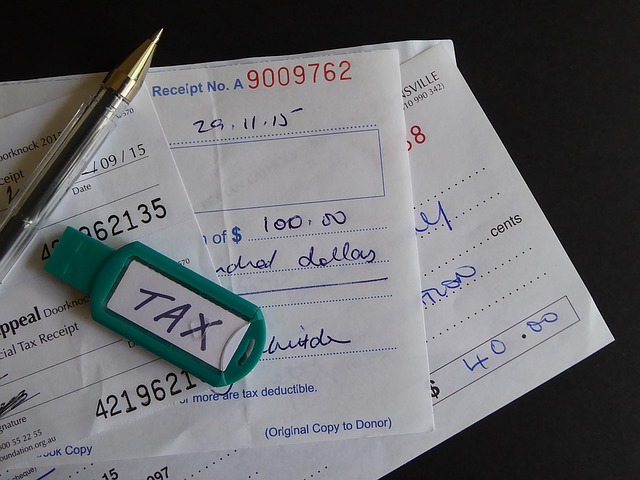
Recently, an old part of the federal tax code has been increasingly used to benefit non-profits, while making sellers considerable amounts of money. It’s called a 170 exchange, and it’s time you learn about how it works.
Table of Contents
What is a 170 exchange, anyway?
A 170 exchange is a real estate transaction that permits owners of real estate to sell their properties, and use some of the proceeds of that sale as a tax deduction.
This is achieved due to its status as a charitable donation, as the owner sells their property to an entity that is a registered non-profit.
The seller can take any portion of the sale in cash, while using the rest to reduce their taxes payable, so long as the amount does not exceed their taxable income.
Written into the tax code following the First World War in 1917, it was intended to encourage charitable giving amongst the property-owning classes of that time.
Clearly, it has worked: on average each year, there are 20,000 real estate transactions in the United States that make use of the 170 exchange, helping liberate upwards of $8 billion dollars per year in capital.
On the other side of the deal, it also grants property to non-profits that need them in order to perform the good works that they do, thereby creating winners on all sides.
What window do I have to take advantage of the tax savings in this deal?
Once you sell your property, you can use your tax deduction to receive a refund from the IRS in as little as 30 days.
However, you are also allowed to defer the use of this tax credit for as long as six years, giving you the flexibility to receive a rebate from the government when you need it the most.
What are the exact guidelines I have to follow in order to execute a 170 exchange transaction?
The IRS takes its job very seriously. Therefore, it is essential that you do your homework before attempting a 170 exchange. A 170 exchange transaction is possible when:
(1) The buyer is a registered non-profit with the IRS.
(2) If the property is worth over $5,000, the seller must obtain an official appraisal to verify its exact value at the time of sale. The appraiser should use IRS Publication 561 as a guide when determining the value of said property.
(3) The amount that can be used as a tax deduction can be no more than the difference between its appraised value and the amount of cash received by the seller at closing.
(4) The seller, purchaser, and appraiser must all sign IRS form 8283, and the seller must submit this paperwork with their tax return whenever plan on using this deduction.
The 170 exchange: the seller pays less tax, non-profits get property. Everybody wins!
The best kinds of deals are the ones where everyone walks away satisfied with the outcome. When you make money, get a big tax deduction, and help do good in the world, it’s hard not to come away with a smile on your face.